Petition demanding accountability from Washington and Lee gains momentum
“Without an explicit commitment to antiracist action, an institution such as ours with direct ties to a Confederate general and the perpetuation of the Lost Cause narrative remains complicit in violence against people of color,” the petition said.
Lee Chapel, a central landmark on campus, will be renamed University Chapel. Photo by Grace Mamon, ’22.
June 9, 2020
More than 2000 people have signed a petition demanding accountability from Washington and Lee University, after the killing of George Floyd sparked national protests and the removal of many confederate monuments throughout the south.
The petition, which was started by Caroline Todd, ‘17, calls for Washington and Lee to “reject white supremacy and declare support for the Black Lives Matter movement,” in order to fulfill its motto, “not unmindful of the future.”
“In word and deed, antiracism must form a pillar of life at W&L. The community of trust Washington and Lee supposedly fosters is broken without it,” the petition said.
In an email sent to students, faculty and staff, President Will Dudley reflected on the challenges facing the country and how a Washington and Lee education prepares graduates for “responsible leadership, service to others, and engaged citizenship in a global and diverse society.”
“Our commitment to diversity is steadfast, and the importance of that commitment is underscored by the present moment,” Dudley said in the email. “Our strategic plan prioritizes increasing the racial and socioeconomic diversity of our community, and we are making notable progress.”
But Dudley’s statement and calls for civility don’t go far enough, the petition said.
“These statements comprise a pattern of University inaction regarding practices of inequity in academia, student life, and beyond, as well as asking students of color to bear the brunt of campus activist work themselves.”
As the petition gained traction, Todd posted an update on June 7. The petition was intended to serve as a statement of solidarity and a call to action for Washington and Lee, she said.
“I wanted to fuel much of the outrage I saw many individuals displaying, as well as what I felt myself, into one place that could express the sheer numbers of concerned parties who want the University to do more,” she said.
Dudley’s message was also posted on Washington and Lee’s Instagram account, wlunews. Some comments on the post expressed support for his statement and pointed out how much progress Washington and Lee has made in recent decades.
“I strongly believe the residential liberal arts education that W&L provides is part of the solution to what ails America. The experience of learning thow to live and study with students who come from different backgrounds and have different values is essential to becoming a leader,” commented Jonah Glick, ‘90. “Recognize the progress that has been made and work together with the university to help it improve.”
But many students and alumni agreed that Dudley’s message was not sufficient.
Chase Isbell, ‘21, replied to the post and said that while he appreciates the sentiments behind Dudley’s message, many students are disappointed with the response.
“Dudley assures students that W&L is committed to diversity without outlining any tangible means through which the university hopes to address student concerns over the state of national racial injustice nor the racism already within W&L itself,” Isbell said. “How are we as students supposed to feel reassured action is being taken in our university when Dudley has already rejected the majority of the recommendations brought forth by the Commission of Institutional History?”
The Washington and Lee Office of Inclusion and Engagement hosted a closed, online forum on June 4 for students to voice their feelings about recent events, discuss available resources and explore the ways non-black students can serve as allies on campus. At the forum, many students expressed disappointment with Dudley’s statement, Isbell said.
172 people attended the forum, which lasted two and a half hours and was moderated by Tammy Futtrell, dean for diversity, inclusion and student engagement. Dr. Kynai Johnson, ‘06, and Dr. Janet Boller and Lance Crawford from the university counseling center served as panelists.
“I think it was an amazing space for people to share and ask questions and learn,” said Ayo Ehindero, ‘21. “This is a macro level issue, but change starts at the micro level. I think the forum was a great way for people who were posting on social media regarding Black Lives Matter, police brutality and systemic racism to figure out how to make change for our campus and our peers.”
Attendees discussed campus culture, complacency, tangible action steps, the experiences of students of color at Washington and Lee and the campus’ relationship with the Lexington Police Department, she said.
“I think that everyone walked away with something to think about or something they could do better,” Ehindero said.
For some of the petition’s supporters, this means addressing the university’s namesakes. As a predominantly white institution, the university’s adoration for Robert E. Lee prevents progress and inclusivity, the petition said.
“Without an explicit commitment to antiracist action, an institution such as ours with direct ties to a Confederate general and the perpetuation of the Lost Cause narrative remains complicit in violence against people of color,” the petition said.
Lee was the school’s president from the end of the Civil War in 1865 until his death in 1870. The school’s name was changed from Washington College to Washington and Lee University after his death.
Many wondered whether Washington and Lee would change its name in 2017 after deadly violence erupted in Charlottesville, Va. in response to the removal of a Robert E. Lee statue from a public park. The events sparked a discussion about the use of Confederate names and symbols across the country, said the report of Washington and Lee’s Commission on Institutional History and Community, which was founded in response. The commission, which was composed of nine faculty, three students and three alumni, made its recommendations in May 2018.
The commission recommended that Washington and Lee keep its name.
But among its 31 recommendations, the commission advised that a newly formed naming committee consider renaming Lee House, Lee Chapel and Lee-Jackson House, that Lee Chapel should be converted into a museum and that Lee should only be portrayed in civilian attire and referred to as “president” rather than as “general.”
“Outreach showed that the number of places named for Lee is disproportionate to his contribution and overshadows other individuals who played an important role in the university,” the report said.
In response to protests against racial injustice throughout the country, many Confederate monuments throughout the south are slated to be removed.

Last week, Virginia Governor Ralph Northam ordered the removal of the six-story-tall Robert E. Lee statue in Richmond, Va. The city council voted unanimously to back the removal and remove four other Confederate statues on Monument Avenue. But two lawsuits have been filed to block the removal of the statue.
In November, Washington and Lee law students started a different petition for the university to offer graduates a diploma option without the namesakes’ portraits. The petition was rejected by the Board of Trustees in February.
The Executive Committee endorsed the law students’ petition this week and asked the board to reconsider its decision and allow students to opt out of having the namesakes’ portraits on their diploma.
In a statement sent to the student body and recent graduates last week, the Executive Committee acknowledged that the school has an obligation to critically evaluate its community institutions and its troubled history.
“We recognize and condemn the historical role that W&L has played in creating and perpetuating racial inequities, disenfranchising minorities, and exploiting marginalized people,” said the Executive Committee’s statement. “We also acknowledge that these issues remain prevalent in our community to this day, and we must endeavor to make W&L an increasingly accepting place for people of all backgrounds. . . We must pursue our future success while being mindful of our historical transgressions.”
In the update Todd posted to the petition, she urges supporters to review the report published by the University Commission on Institutional History and Community.
“The report does not go as far as many of us wish – renaming the University, as one potential point of differentiation – . . .but it serves as a reference for the conversations W&L has experienced in recent years as well as a foundation for actionable items we can urge administrators to take moving forward.”
Correction: The original article stated that the Richmond City Council voted to remove the Robert E. Lee statue, but the statue is owned by the state.



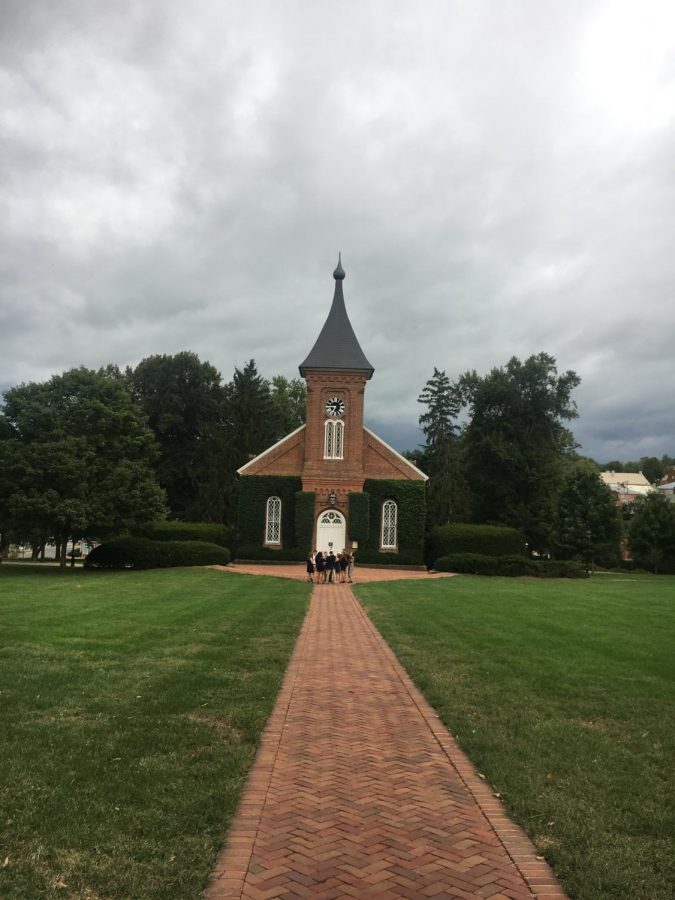
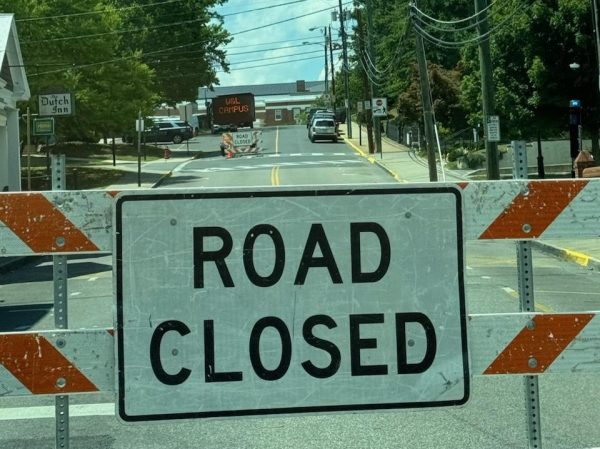
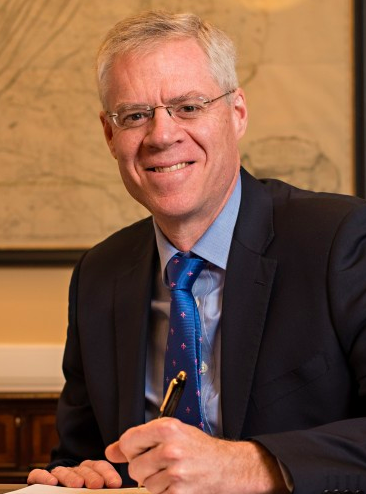

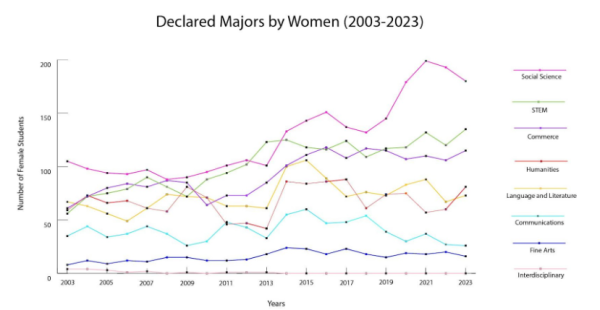
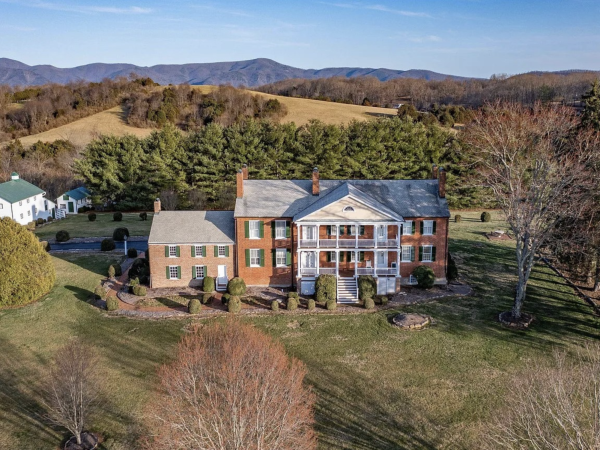





Stephen Scully • Jun 14, 2020 at 5:23 pm
If we are going to change the name of our beloved University in order to placate even some from our own ranks…..let me suggest a moniker that might that placate the disgruntled and save us all from a drastic wardrobe change. How about WOKE AND LIBERAL UNIVERSITY…….aka W&L
Trent Merchant • Jun 11, 2020 at 12:09 pm
It is important that students, faculty, and recent alumni know that it is a misperception that the alumni are entrenched in their opposition to changing the name of the university. Among alumni who are still active in their careers, perhaps a third want to change the name, a third are completely opposed, and a third are open to considering the idea and think we should have a serious conversation. The “opposed” group has certainly been the most organized and vocal to date. Traditionally, they have also been the group most engaged and enthusiastic about the University. But it does not mean that they are the majority. Or that they are right.
I entered a very good school in 1988. I graduated from a better one in 1992. Maybe 10 years later, it was outstanding. Coeducation made Washington and Lee an ascendant brand. But the brand has peaked. Its upward projection can no longer be sustained because of the burden of Lee.
We can have a nuanced conversation about Lee within the W&L community. We can talk about honor, humility, the beginning of an amends process following the Civil War, and significant contributions that saved Washington College. We also can promote the recent efforts of the university to deal with our past in an honest fashion. We can promote the very real strides that the university has made in terms of diversity and inclusion. But we are limited in our ability to have those conversations outside of our community as long as our primary brand impression is one of the primary symbols of white supremacy. Changing the names of buildings, moving flags, moving meeting spaces and taking images off of diplomas do not matter as long as we are leading with Lee.
We should not consider the issue of Lee as one that falls on the traditional left-right political spectrum. It is both a moral issue and a business issue that sits somewhere above that spectrum. We should also take care not to react to the events of recent weeks, but neither should we put the issue aside simply to avoid the appearance of reaction. It is possible to leverage the energy of the moment without stealing focus from the movement.
I am grateful to students for speaking out. More alumni are with you than you know. I am a recent convert myself. We need to have this conversation. Finally. Seriously. Because of what we learned at Washington and Lee, I believe that we all are well-equipped to model civil discourse and reach the correct conclusion. Even though the conversation may be difficult, I believe that it has the potential to be unifying and to engage many alumni who have been apathetic or disconnected.
Keep making noise.
Trent Merchant ’92
Charlotte, NC